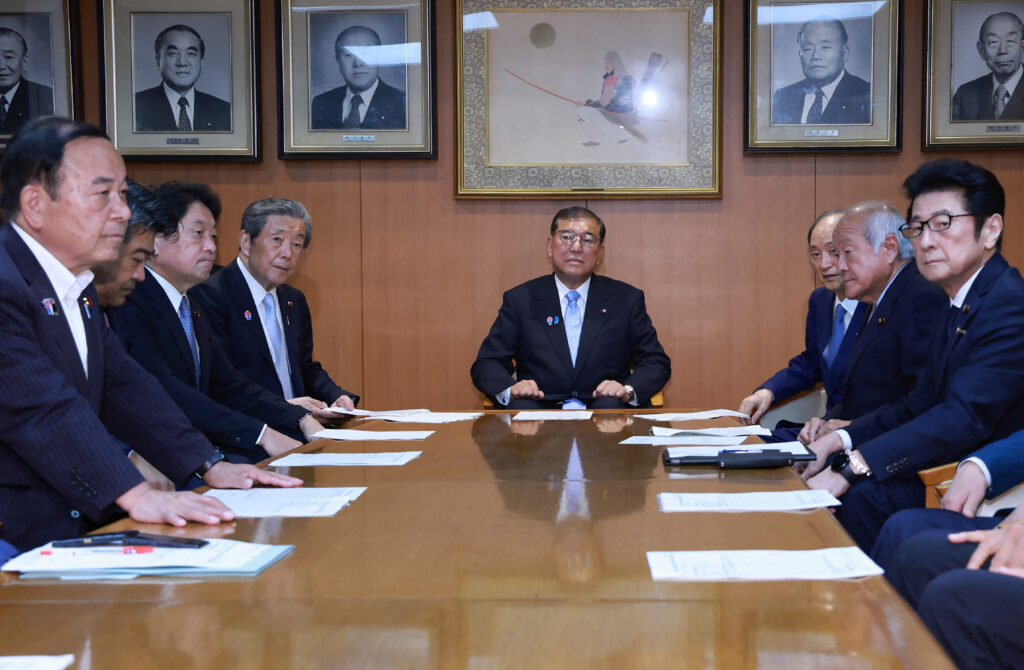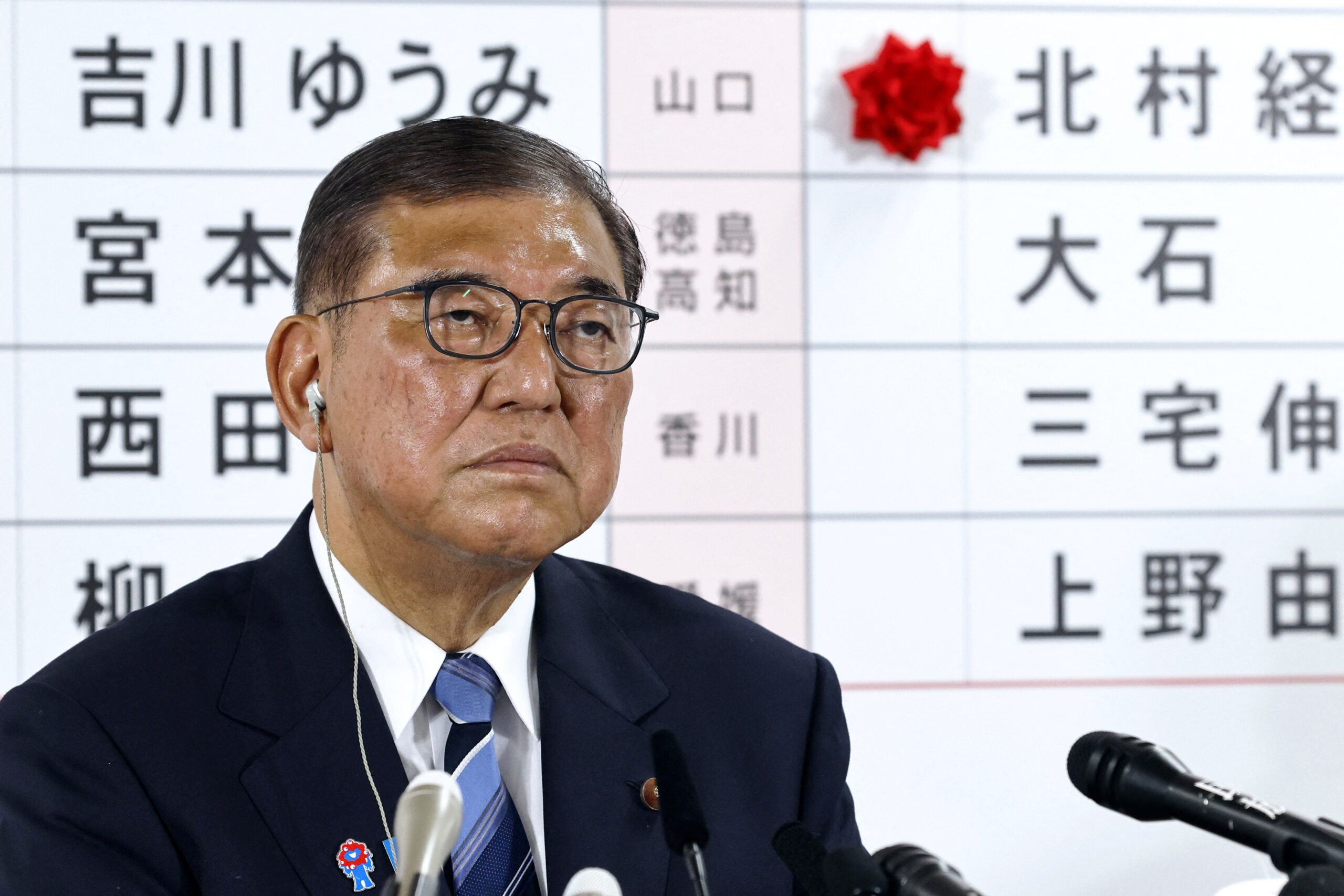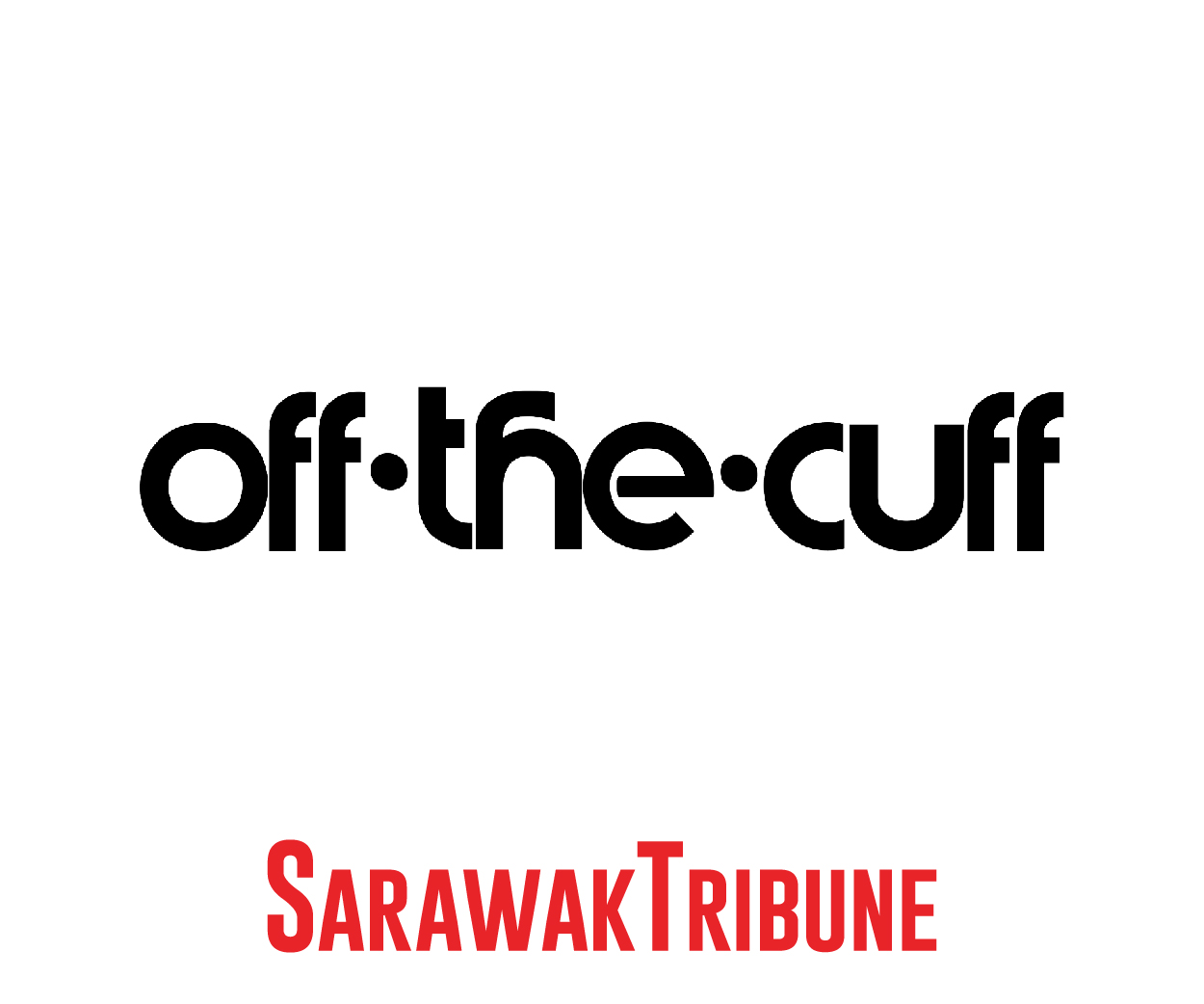TOKYO: Japanese Prime Minister Shigeru Ishiba was hanging on to power yesterday after his coalition lost its upper house majority in a punishing election, just as steep new US tariffs threaten to worsen Japan’s economic pain.
The ruling Liberal Democratic Party (LDP), in power almost continuously since 1955, and its coalition partner Komeito needed 50 of the 125 contested seats to retain their upper house majority. They secured only 47, with the LDP winning 39 and Komeito eight, according to national broadcaster NHK. This leaves the coalition with 122 seats in the 248-member chamber.
The result, one of the worst for the LDP in 15 years, follows a similar setback months ago in the more powerful lower house, where the coalition also lost its majority.

Public anger over persistent inflation and economic hardship played a major role, pushing voters toward smaller parties, notably the right-wing Sanseito, which gained 14 seats with its anti-globalist rhetoric. The Constitutional Democratic Party of Japan (CDP) and the Democratic Party for the People (DPP) trailed with 22 and 17 seats respectively.
Despite the loss, Ishiba signalled he would not step down. “That’s right,” he told local media when asked if he intended to stay. “The deadline of (US) tariffs is coming on August 1. Until then we have to do our best with our body and soul.”
He is expected to confirm his decision to stay during an emergency meeting with senior LDP leaders, local media reported.
Still, questions loom over Ishiba’s future. “He may be replaced by someone else, but it’s not clear who will be the successor,” said Hidehiro Yamamoto, a politics professor at the University of Tsukuba.
Without a majority in either chamber, the government must now seek opposition support to pass legislation. However, opposition parties remain fragmented, dimming prospects for an alternative administration.
Pressure is mounting on Ishiba to reverse his stance against cutting Japan’s consumption tax, with inflation biting and public dissatisfaction rising. The price of staples like rice has doubled since Russia’s invasion of Ukraine in 2022, straining household budgets despite government handouts.
“My pension is being cut shorter and shorter,” said Hisayo Kojima, a retiree outside a Tokyo polling station.
Ishiba’s administration is also facing backlash over a political funding scandal and looming US tariffs. Starting August 1, Japanese imports face a 25 per cent levy unless a new trade deal is reached. Automobiles, which make up 8 per cent of national employment, are already under strain from existing duties.
Despite an early February meeting between Ishiba and US President Donald Trump, and seven rounds of shuttle diplomacy by Japan’s trade envoy, a deal remains elusive.
Still, US Treasury Secretary Scott Bessent sounded a hopeful note after meeting Ishiba last week in Tokyo, saying a “mutually beneficial trade agreement… remains within the realm of possibility.” – AFP














